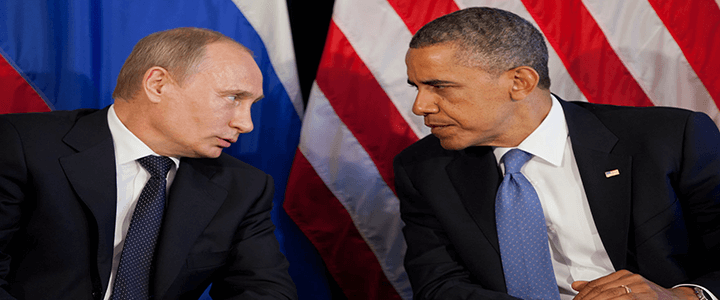Most of us sit back and enjoy (or not) the pageantry of politics like we enjoy the World Series or the Super Bowl. I would write with cynicism, yes, it’s come to that. But I suspect national elections have been like that longer than any of us can remember. We study lineups and positions, analyze odds-makers’ predictions and public polls, maybe place a few wagers, root for our side, and vote for a team. Winners celebrate; losers cringe.
Behind the scenes of all that, however, are armies of political staffers and career civil servants managing a process so complex, so carefully orchestrated, so deep in paperwork and so anchored in bureaucracy, regulation, law, and tradition we’d rather not know. Even those deep in the game like members of Congress need help. And that’s where the Congressional Research Service comes in.
CONGRESSIONAL RESEARCH SERVICE
The Congressional Research Service (CRS), an arm of the Library of Congress, serves members of Congress. The CRS is in the background of most every step in the legislative process. As the title suggests, CRS researches proposed policy, bills, whatever members of Congress require to do their job. The CRS is famously non-partisan, the think-tank among think-tanks in Washington, D.C., providing the kind of objective research, conclusions, and recommendations we might believe simply don’t exist anymore.
In many respects, the CRS is the final word on the context of debates and deliberations. Naturally, the CRS is standing behind the transition process, as well, advising Congress of what should and shouldn’t happen, could and couldn’t happen.
PRESIDENTIAL TRANSITIONS
Transition is complex. CRS’s L. Elaine Halchin, an American government expert, recently published Presidential Transitions: Issues Involving Outgoing and Incoming Administrations. Halchin and CRS take the immense complexity of presidential transition and give Congress the 48-page tip of the iceberg. It’s quite a resource in pretty plain English explaining everything from the Presidential Transition Act (PTA) of 1963 to the number of Executive Orders issued during transition periods, all the way back to 1977 (President Carter issued the most at 72, and President George H.W. Bush issued the fewest at 32). CRS addresses topics like government records, budgets during the transition, clemency and pardons, and political appointments. The very first thing the CRS report dissects is the political appointees’ process of “burrowing in,” moving from a political to a career position in the Federal government. Perfectly legal, there are concerns about burrowing in, most prominently that executives from the previous administration could impede the work of the next.
CYBERSECURITY AND TRANSITION
Cybersecurity is an issue every minute of every day. It has been a prominent issue in this election, in particular, for a host of reasons. It’s not surprising, then, that CRS advises Congress on cybersecurity. So Presidential Transition comments on both responding to cybersecurity incidents during transition and appointments to positions with cybersecurity responsibility. CRS reports, “Cybersecurity concerns may be heightened if a cybersecurity incident occurs during the transition, or positions (including PAS and non-PAS) with cybersecurity responsibilities are not filled in a timely manner.”
As far as cybersecurity incidents go, there are established processes in place to manage responses. CRS reminds that President Obama released Presidential Policy Directive 41 (PPD-41) last July. PPD-41, “United States Cyber Incident Coordination,” “provides a unifying architecture for a coordinated cyber incident response among federal departments and agencies.”
PPD-41 provides five guiding principles and agency lines of effort for two cyber incident scenarios. For instance, a Significant Cyber Incident is one that is “likely to result in demonstrable harm to the national security interests, foreign relations, or economy of the United States or to the public confidence, civil liberties, or public health and safety of the American people.”
Presidential Transitions also highlights the importance of timely transition among appointed cybersecurity leaders. We might imagine those leaders are pretty easy to identify—the Secretary of Defense, the Secretary of Homeland Security. But, understandably, it’s not that simple. CRS reminds Congress that, in the past, the Commissioner of the Internal Revenue Service has played a role in cybersecurity planning.
Indeed, many agency heads have a role in cybersecurity planning and response. And many agency heads are about to be empty. “In the event a nationally significant cybersecurity incident occurs while one or more cybersecurity positions are vacant,” CRS advises, “the possible implications are unknown. Agencies are responsible for planning for vacancies and devolving responsibilities to career employees.” Those are pretty good hands.
INTELLIGENCE TURMOIL
Expect some turmoil as the old depart and the new are identified, confirmed, and employed in their new roles. Over the last few days, we’ve witnessed the kind of turmoil we hope to avoid during presidential transitions. Director of National Intelligence James Clapper just handed in his resignation, and word on the street is that Admiral Mike Rogers’ dual-hatted command may be in jeopardy. So that’s one to watch. As The Guardian reports, “A potential structural change to the US surveillance apparatus has thrown the tenure of the National Security Agency director, Michael Rogers, into doubt and increased the likelihood that Donald Trump will have a chance to substantially reshape the US intelligence agencies.”
That’s certainly one we’ll be watching closely.




